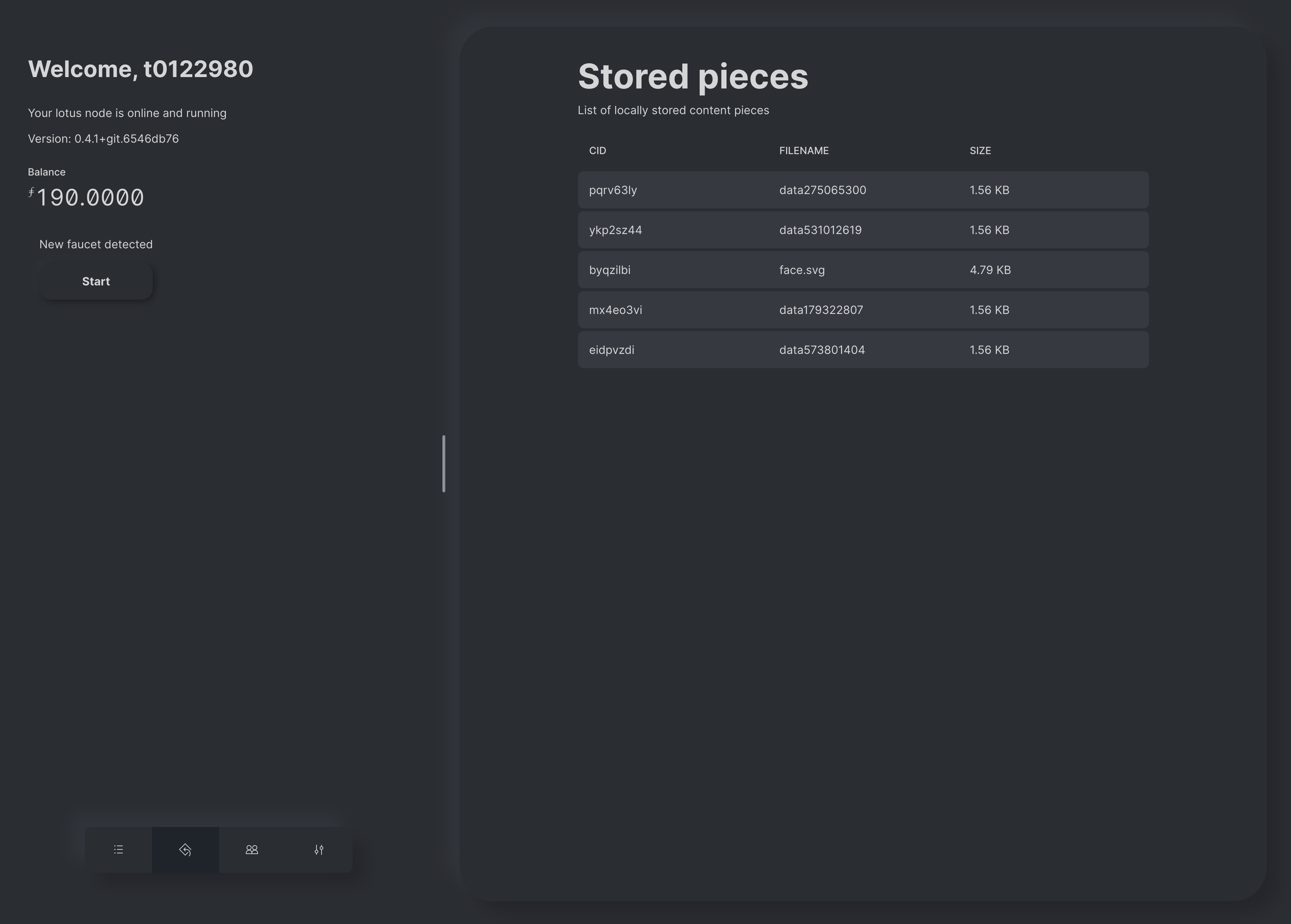Myel
Easy retrieval mining
Project Description
Our aim for this hackathon was to facilitate retrieval mining. We did this by solving two problems. The first was how to help more miners join the filecoin retrieval market and the second was how to optimize content delivery for clients. To solve both of these problems we developed an architecture with low-level Filecoin building blocks.
A miner can run our retrieval client on top of their lotus node. The retrieval client can discover another type of node, which we call faucet node, via libp2p and subscribe through gossipsub to get immediate access to a stream of CIDs of content to retrieve. The retrieval clients sends back events about the CIDs they serve.
Events include information about any client requesting the CID as well as metrics surrounding the data transactions. This includes for example the location of the client or the latency of the network transaction. The faucet node writes in a database which miner was assigned to a CID and the events resulting from that pairing. Further, the faucet aims to match a retrieval miner to the CID which maximizes the potential amount of Filecoin they can earn. It does so by using a prediction model trained on the database of events which predicts the amount of Filecoin collected for a given Miner-CID pair.
How it's Made
The project features 3 different go apps. 1 runs a storage client to test e2e deal flows, 2 is a faucet node which runs libp2p and gossipsub protocol as well as a maxminddb for locating peer ips, 3 is a retrieval client featuring a lotus rpc client to communicate with a lotus node, a libp2p host with gossipsub and its own grpc implementation for connecting to the frontend. Lastly, the frontend is a react-native application (running in web but aiming at making an iPad app for miners) built in typescript, with recoil for state management.


